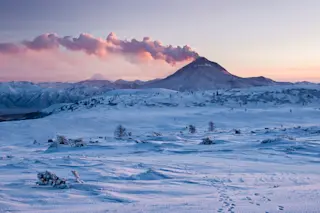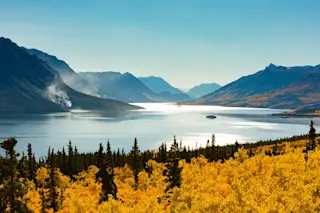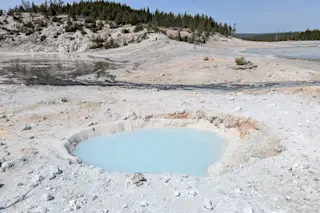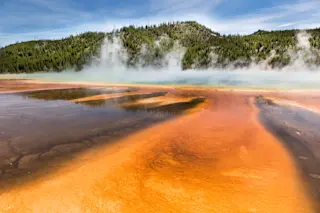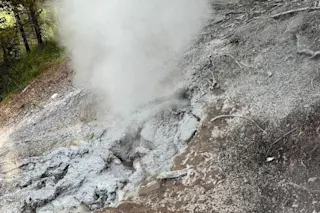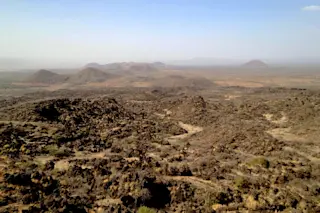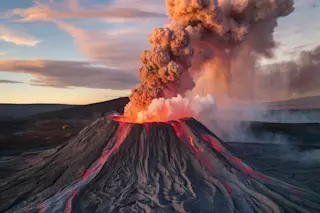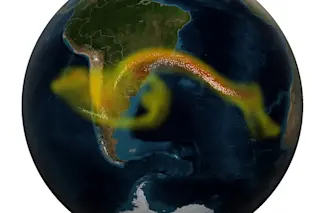In 2011, the Kizimen volcano in the Kamchatka peninsula of the Russian Far East began to erupt in an unusual way. After almost a century lying dormant, the ground began to shake with a series of earthquakes that formed a powerful, regular drumbeat.
Drumbeat earthquakes are rare although geologists have occasionally recorded them. However, this one was strange because the beat was steady for days but over time changed to a lower frequency with a more powerful “beat”.
That’s a puzzle. Volcanologists have various theories to explain how volcanoes cause earthquakes but these do not account for the drumbeat effect at Kizimen.
Now Parovik Roman at the Vitus Bering Kamchatka State University in Russia and a couple of colleagues have developed a model that explains this strange behavior and how different beats can emerge from the same volcano.
Volcanologists have long known that the movement of magma and high pressure ...


